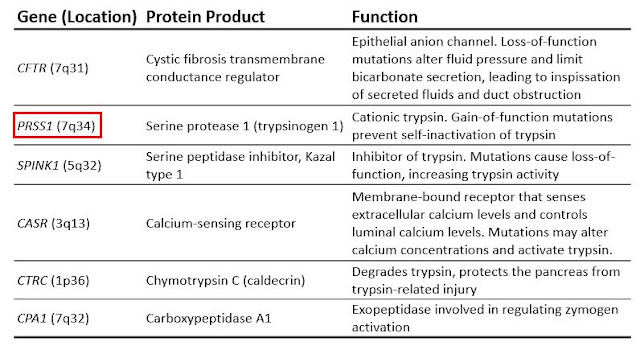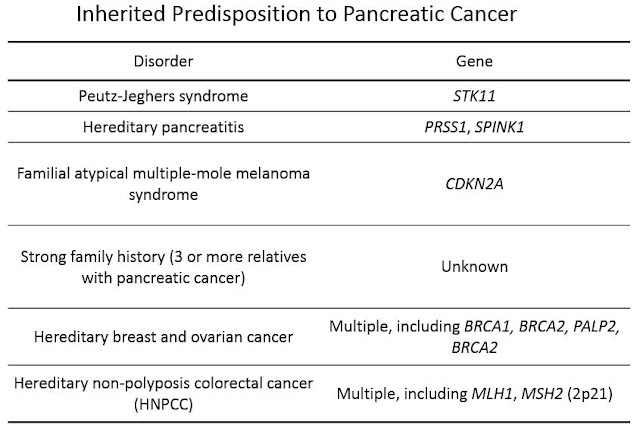Serous cystic neoplasm
Serous cystic neoplasm Updated: 03/26/2019 © Jun Wang, MD, PhD General features Also called serous cystadenoma, microcystic adenoma, glycogen rich cystadenoma Benign, more common in women, mean age 66 May be associated with von Hippel Lindau syndrome Clinical presentations More common in pancreatic body or tail Local discomfort/pain, or pancreatic obstruction if in pancreatic head May be asymptomatic Key pathological features Multiloculated mass , sharply outlined, filed with clear fluid Small cystic spaces lined by small cuboidal cells with clear cytoplasm (glycogen) Markers Positive for cytokeratin, inhibin Treatment Surgery Back to exocrine pancreas pathology Back to contents


